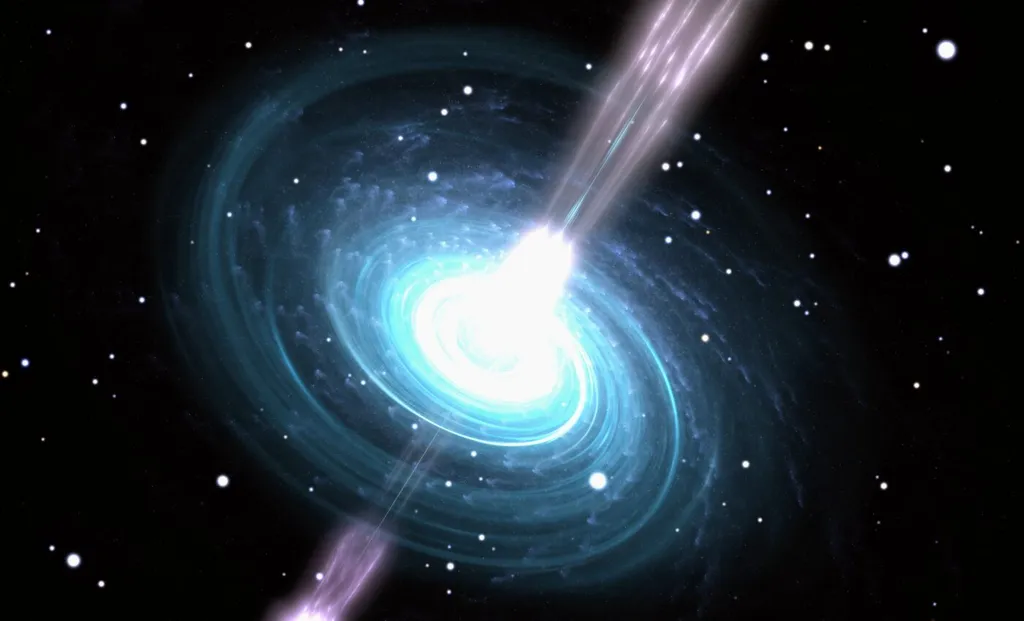In the realm of energy and astrophysics, a team of researchers from the University of California, Santa Cruz, and the University of California, Berkeley, has been delving into the mysteries of ultra-high-energy (UHE) cosmic sources. The team, led by Seth Gagnon, includes Yichao Lin, Alexander Lange, Hui Yang, Noel Klingler, Jeremy Hare, and Oleg Kargaltsev, who have been investigating the nature of a peculiar UHE source known as 1LHAASO J1740+0948u and its potential connection to a nearby pulsar, PSR J1740+1000.
The researchers presented a multi-wavelength analysis of 1LHAASO J1740+0948u and its surroundings, focusing particularly on the pulsar wind nebula associated with the middle-aged pulsar PSR J1740+1000. Despite the presence of a dozen X-ray sources within the UHE emission site, the team’s careful analysis suggests that these sources are unlikely to be the origin of the observed UHE emission. Instead, the most probable particle accelerator appears to be the pulsar J1740+1000 itself, which is situated approximately 13 arcminutes north of the UHE source. An extended feature visible in X-rays seems to connect the pulsar to the UHE source, indicating a potential relationship between the two.
For a plausible distance of the pulsar at 1.2 kiloparsecs, the UHE source 1LHAASO J1740+0948u would be located about 5 parsecs away from the pulsar. This proximity poses several challenges to standard pulsar theory. Firstly, the particles responsible for the UHE emission must have been accelerated to energies corresponding to a large fraction of the pulsar’s full potential drop across the polar cap, a process that would have occurred within the last 10,000 years. Secondly, the lack of TeV emission extension toward the pulsar suggests that particles are accumulating in the UHE region, rather than being dispersed.
The researchers propose two possible scenarios to explain these observations. The first scenario involves a tail filled with pulsar wind, confined by a bow-shock due to the fast motion of the pulsar. The second scenario posits an interstellar medium (ISM) filament filled by the most energetic pulsar wind particles escaping from the apex of the bow-shock. Both scenarios aim to account for the rapid transport of electrons along the feature connecting the pulsar to the UHE source, ensuring that the particles avoid radiative losses.
The practical implications of this research for the energy sector are primarily related to our understanding of cosmic particle acceleration mechanisms. By studying these high-energy astrophysical phenomena, scientists can gain insights into the fundamental processes that govern the behavior of particles at extreme energies. This knowledge can, in turn, inform the development of advanced particle acceleration technologies and contribute to our understanding of the universe’s most energetic events. The research was published in the Astrophysical Journal.
This article is based on research available at arXiv.

